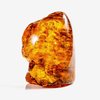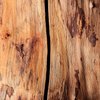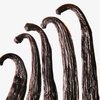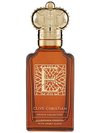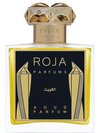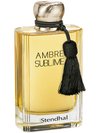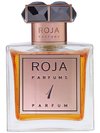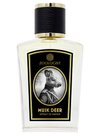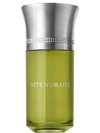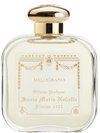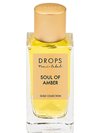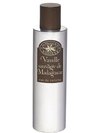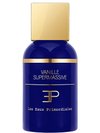Ciste Labdanum
Warm, spicy, amber, balsamic, floral scent, with woody and dry accents.
The crème de la crème of perfumery, ciste labdanum is an ever-so-spicy and amber-like resin adored by perfumers and fragrance wearers alike. Sometimes interpreted as having slight leathery or honey-like nuances with hints of plum, ciste labdanum is revered for its powerfully complex qualities. Hints of floral undertones and deeply warm facets make this resin a popular note in ambery fragrances.
Data sheet
- Type
- Extraction Method
- Used parts
- Natural raw material
- Solvent extraction
- Leaves, branches and resin






